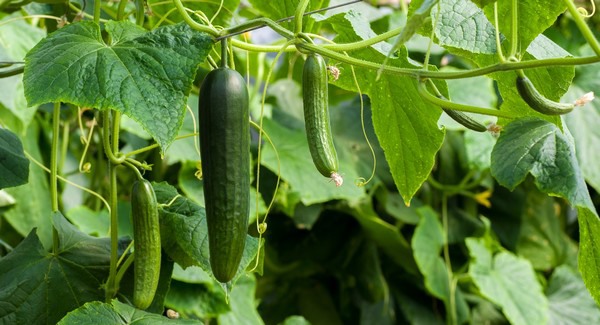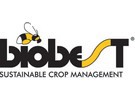Newly planted second cucumber crops start out subjected to higher Pythium pressure necessitating a preventative control program, says Pascal Briand, IPM and Pollination Specialist at Biobest.
Higher disease pressure
"Now is the key time for planting second cucumber crops, positioned on the existing rockwool slabs. A combination of warm weather and a carryover of pathogens from the first crop results in higher disease pressure."
"Pythium is a potentially devastating fungus that can cause heavy yield losses, especially during the second crop cycle. Adopting a preventative control strategy is key."
Natural biofungicide
The biofungicide ASPERELLO T34 Biocontrol contains the antagonistic fungus Trichoderma asperellum strain T34. 100% natural, it is used preventively to colonize crop roots, limiting space and nutrients for harmful soil fungi.

"With its multiple modes of action, ASPERELLO forms a natural barrier against pathogens while promoting healthy roots and therefore plant growth," explains Pascal. "It makes fragile roots less vulnerable to Pythium."
Start off stronger
"Ideally, to help protect the young plants, it is best to start ASPERELLO applications at propagation. For best practice, we recommend treating the seedlings when they are placed in the rockwool cubes. This should be followed by a further drench treatment of the plant holes before placing the cubes on the slabs in the greenhouse."
"In less than ideal situations where no application was made during propagation, after placing the propagation cubes on the slabs, we recommend a drench/drip treatment of the plants after placing on the planting holes. This treatment should be repeated after 8 to 12 weeks," says Pascal.
Indispensable tool
"This biofungicide offers welcome protection against major root diseases, including Fusarium and Pythium, while being environmentally friendly. It is fast becoming an indispensable tool integrated into biocontrol programs."
For more information:  Biobest Group NV
Biobest Group NV
T: +32 14 25 79 80
info@biobestgroup.com
www.biobestgroup.com
